Guppy Poecilia Ret in Pairs White Tuxedo Guppies (1 Male + Female), Elegant Fish Perfect for Breeding, Enhance Your Tank with Stunning Colors and Peaceful Nature
£18.49 Original price was: £18.49.£15.48Current price is: £15.48.
Welcome these beautiful Guppy Poecilia Ret in Pairs White Tuxedo Guppies (1 Male + 1 Female) into your aquarium! Their stunning white tuxedo pattern adds elegance to any freshwater setup. Perfect for aquarists seeking peaceful companions, these graceful fish thrive with proper care and attention.
1079 in stock
Species Introduction
The Guppy Poecilia Reticulata, commonly known as the guppy, is a vibrant and popular species among aquarium enthusiasts. Originating from the warm, shallow waters of the Caribbean and northeastern South America, these freshwater fish are celebrated for their stunning colors and lively behavior. The White Tuxedo Guppy, a striking variation, showcases a unique color pattern that features a white body with contrasting dark markings, resembling a formal tuxedo. This aesthetic appeal, combined with their thriving nature, makes them an excellent choice for both novice and experienced aquarists. Guppies are small in size, typically reaching a maximum length of about 6 cm, and thrive in community tanks where they can exhibit their natural social behavior. Their adaptability to various water conditions and ease of care further contribute to their popularity in the aquarium trade.
Care Requirements Dashboard
Essential Care Parameters
- Minimum Tank Size: 20 gallons
- Ideal Water Temperature: 24 – 28 °C (75 – 82 °F)
- pH Level: 6.8 – 7.8
- Water Hardness: 10 – 20 dGH
- Weekly Water Changes: 20 – 30%
When caring for Guppy Poecilia Reticulata, it is essential to create an environment that mimics their natural habitat. Regular water changes of 20-30% weekly are crucial to ensure optimal water quality and the health of your aquatic companions. Providing a well-planted tank with plenty of hiding spots will not only enhance their comfort but also promote their natural behaviors, making for a more engaging aquarium experience.
Natural Behavior & Temperament
Guppies are known for their lively and curious nature. They are social fish that thrive in groups, displaying fascinating swimming patterns and interactions with one another. In a well-maintained aquarium, you will observe them darting around, exploring their environment, and establishing social hierarchies. Male guppies are particularly known for their vibrant displays during courtship, showcasing their colors to attract females. This behavior not only adds visual interest to the tank but also highlights their natural instincts. Guppies are generally peaceful and can coexist with a variety of community members, making them an excellent choice for mixed-species aquariums. However, it is essential to avoid keeping them with overly aggressive species, as this can lead to stress and injury.
Tank Setup Guide
Setting up a suitable tank for your Guppy Poecilia Reticulata is crucial for their well-being. Start with a minimum tank size of 20 gallons, as this provides ample swimming space and helps maintain water stability. Use a substrate that is gentle on their fins, such as fine gravel or sand, to prevent injury. Incorporate live plants like Java Moss, Anubias, or Hornwort, which not only enhance the aesthetic appeal but also provide hiding spots and grazing opportunities. Adding decorations like driftwood or rocks can create territories and stimulate natural behaviors. Ensure that the tank has a reliable filtration system to maintain water quality, and consider adding a heater to keep the water temperature stable. Additionally, utilize a gentle water flow to mimic their natural habitat, as guppies prefer calm waters.
Water Quality Management
Maintaining optimal water quality is vital for the health of Guppy Poecilia Reticulata. Regular testing of water parameters is essential, focusing on pH, temperature, and hardness. The ideal pH level should range between 6.8 and 7.8, with a temperature between 24 and 28 degrees Celsius (75 to 82 degrees Fahrenheit). Water hardness should be maintained at 10-20 dGH. To achieve these conditions, use a high-quality water conditioner to remove harmful chemicals and chlorines. Regular water changes of 20-30% weekly will help maintain water quality and reduce the buildup of toxins. Additionally, ensure that the filtration system is functioning correctly, as this will aid in the removal of waste and maintain a healthy environment for your aquatic companions. Keeping a close eye on ammonia and nitrite levels is crucial, as elevated levels can lead to serious health issues.
Feeding & Nutrition
Feeding Guppy Poecilia Reticulata is an enjoyable experience, as these fish are not picky eaters. A balanced diet is crucial for their health and vibrant coloration. Offer a high-quality flake or pellet food specifically formulated for freshwater fish, ensuring it contains essential nutrients and vitamins. Supplement their diet with frozen or live foods such as brine shrimp, daphnia, and bloodworms to enhance their diet and stimulate natural hunting behaviors. Feed your guppies small amounts 2-3 times a day, ensuring they consume the food within a few minutes to prevent overfeeding and water quality issues. Additionally, incorporating vegetable matter, such as blanched spinach or spirulina, can provide essential fiber and promote overall health. Always monitor their feeding habits and adjust portions accordingly to maintain a healthy weight.
Compatibility Guide
Guppy Poecilia Reticulata are peaceful community fish that generally get along well with a variety of tank mates. When selecting compatible species, consider smaller, non-aggressive fish that share similar water parameter requirements. Ideal tank mates include tetras, rasboras, danios, and other small livebearers. It is crucial to avoid aggressive species, such as cichlids or larger predatory fish, as they can stress or harm your guppies. Additionally, be cautious with fin-nipping species, as guppies have long, flowing fins that can be targets for such behavior. A well-planned community tank with compatible species will create a harmonious environment, allowing your guppies to thrive and exhibit their natural behaviors.
Health & Wellness
The health and wellness of Guppy Poecilia Reticulata are paramount for their longevity and vibrant appearance. Regular observation of your fish is essential to detect any signs of illness early. Common health issues include fin rot, ich, and swim bladder disease. Maintaining optimal water quality is the first line of defense against disease, as poor conditions can lead to stress and susceptibility to illness. Additionally, ensure that your guppies are not overcrowded, as this can lead to increased aggression and health problems. Quarantine any new fish before introducing them to your main tank to prevent the spread of diseases. If you notice any signs of illness, such as lethargy, loss of appetite, or unusual swimming patterns, consult a veterinarian or aquatic specialist for appropriate treatment options.
Breeding Information
Breeding Guppy Poecilia Reticulata can be a rewarding experience for aquarists. Guppies are livebearers, meaning they give birth to free-swimming fry instead of laying eggs. To encourage breeding, provide a well-planted tank with plenty of hiding spots for the fry, as they are vulnerable to predation from adult fish. The male guppy will display courtship behaviors, including chasing and showing off his vibrant colors to attract the female. After successful mating, the female will carry the fertilized eggs for about 4-6 weeks before giving birth. It is crucial to separate the fry from adult fish immediately after birth to ensure their safety. Fry can be fed specialized fry food or crushed flakes until they are large enough to consume regular fish food. Monitoring the growth and health of the fry is essential to ensure a successful breeding experience.
Acclimation Process
Introducing new Guppy Poecilia Reticulata to your aquarium requires a careful acclimation process to minimize stress and ensure a smooth transition. Begin by floating the sealed bag containing the fish in the aquarium for about 15-20 minutes to equalize the temperature. After this, gradually introduce small amounts of tank water into the bag over the next hour, allowing the guppies to acclimate to the water parameters. Once the acclimation period is complete, gently net the guppies and place them into the tank, discarding the water from the bag to avoid introducing any contaminants. It is essential to monitor the new arrivals closely for the first few days to ensure they are adapting well to their new environment.
Long-term Care
Caring for Guppy Poecilia Reticulata over the long term requires commitment and attention to detail. These fish can live for 2-3 years with proper care, so it is essential to provide a stable environment throughout their lives. Regular maintenance, including water changes, filter cleaning, and monitoring water parameters, is crucial for their health. Additionally, keep an eye on their diet to ensure they are receiving balanced nutrition. As guppies age, they may become more susceptible to health issues, so maintaining optimal water quality and reducing stressors will contribute to their longevity. Regularly observing their behavior and physical appearance will help you catch any potential health problems early, ensuring your aquatic companions remain vibrant and active.
Natural Habitat Recreation
Recreating the natural habitat of Guppy Poecilia Reticulata in your aquarium can significantly enhance their well-being and behavior. In the wild, guppies inhabit shallow waters with abundant vegetation, providing shelter and food sources. To mimic this environment, incorporate a variety of live plants, such as Vallisneria, Java Fern, and floating plants, which will create a natural feel and offer hiding spots for both adults and fry. Additionally, consider adding smooth rocks and driftwood to create territories and enhance the aesthetic appeal of the tank. Maintaining a gentle water flow and ensuring adequate lighting will further replicate their natural habitat, promoting healthy growth and vibrant coloration.
Seasonal Care Adjustments
As seasons change, so do the environmental conditions in your aquarium. During warmer months, it is essential to monitor the water temperature closely, as higher temperatures can lead to stress and health issues in Guppy Poecilia Reticulata. Consider using a heater with a thermostat to maintain a stable temperature, especially during cooler months. Additionally, adjusting the lighting schedule to mimic natural daylight cycles can promote healthy growth and breeding behaviors. Regularly check water parameters, as evaporation can lead to fluctuations in salinity and hardness. Making these seasonal adjustments will help ensure a stable environment for your aquatic companions throughout the year.
Expert Tips
For those looking to enhance their experience with Guppy Poecilia Reticulata, consider implementing some expert tips. First, maintain a diverse community tank by introducing different species of guppies to create a visually stunning display. Additionally, consider breeding your guppies to observe the fascinating process and potentially create new color variations. Regularly rotating plants and decorations will keep the environment stimulating for your fish, promoting natural behaviors and reducing stress. Lastly, always stay informed about the latest advancements in aquarium care, as new products and techniques can significantly improve the health and happiness of your aquatic companions.
Troubleshooting
Even with the best care, issues may arise in your aquarium. Common problems with Guppy Poecilia Reticulata include stress from overcrowding, poor water quality, and aggression from tank mates. If you notice your guppies hiding excessively or displaying signs of distress, assess the tank conditions and make necessary adjustments. Ensure that your filtration system is functioning correctly, and perform regular water changes to maintain quality. If fin rot or other health issues occur, consider isolating affected fish and treating them in a separate quarantine tank. By being proactive and observant, you can tackle potential issues before they escalate, ensuring a healthy environment for your aquatic friends.
Scientific Background
Guppy Poecilia Reticulata belongs to the family Poeciliidae and is a member of the order Cyprinodontiformes. This species has been extensively studied in the field of evolutionary biology due to its rapid adaptation to various environmental conditions. Research has shown that guppies exhibit remarkable behavioral plasticity, allowing them to thrive in diverse habitats. Conservation efforts are essential to protect their natural habitats, as pollution and habitat destruction pose significant threats to their populations in the wild. Understanding the scientific background of guppies can enhance your appreciation for these beautiful creatures and inform your care practices.
Advanced Care Techniques
For experienced aquarists, implementing advanced care techniques can elevate the health and vitality of Guppy Poecilia Reticulata. Consider utilizing a breeding box to separate pregnant females from the main tank, allowing them to give birth safely while minimizing stress. Additionally, explore the use of live foods to enhance their diet and stimulate natural hunting behaviors. Implementing a robust filtration system with additional aeration can improve water quality and oxygen levels, promoting overall health. Regularly rotating plants and decorations will keep the environment dynamic and engaging for your fish. By applying these advanced techniques, you can create a thriving ecosystem that showcases the beauty and vitality of your guppies.

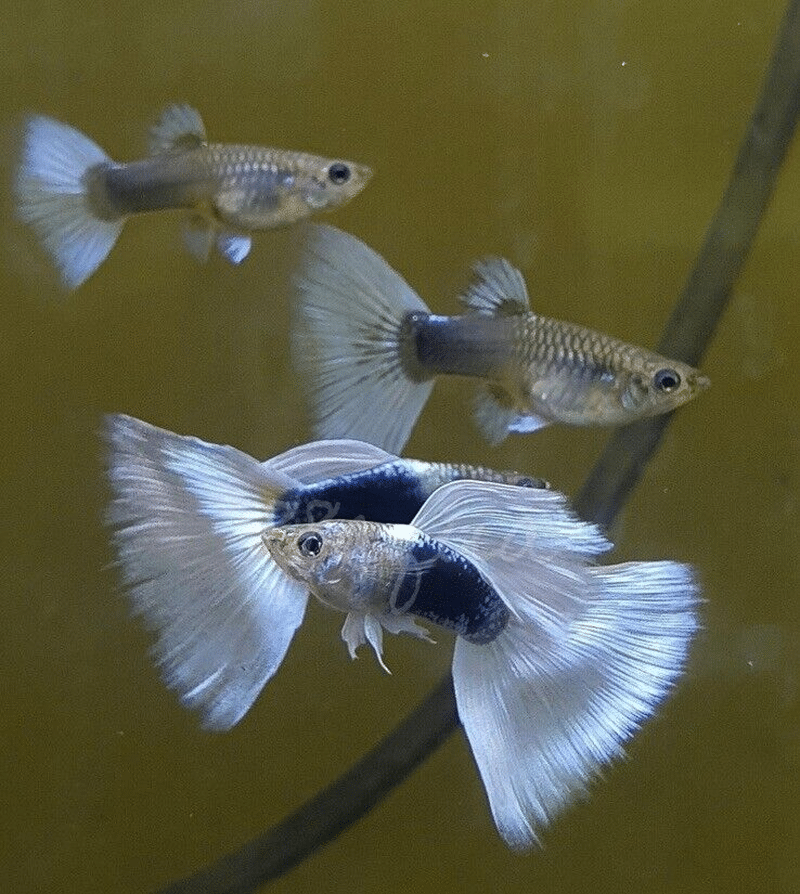

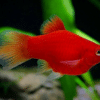
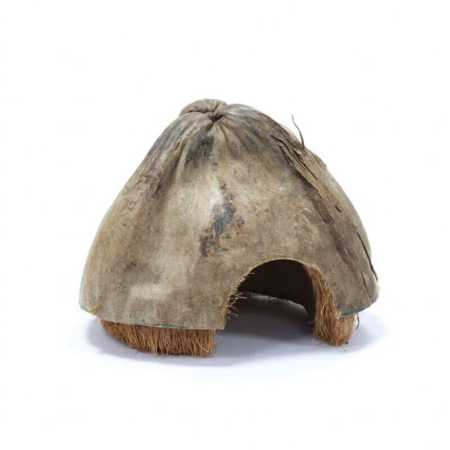

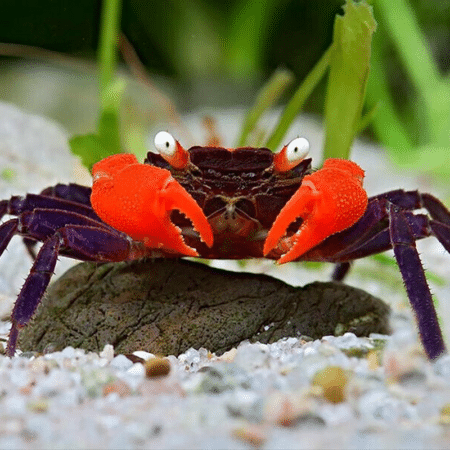

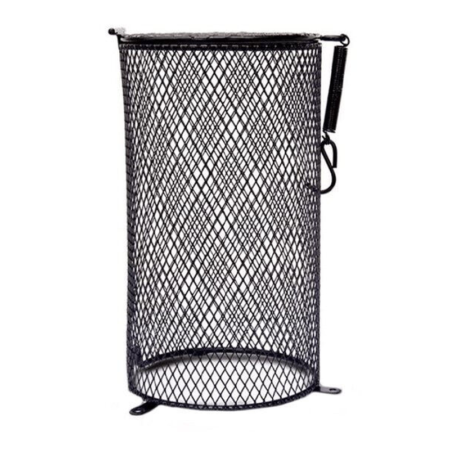
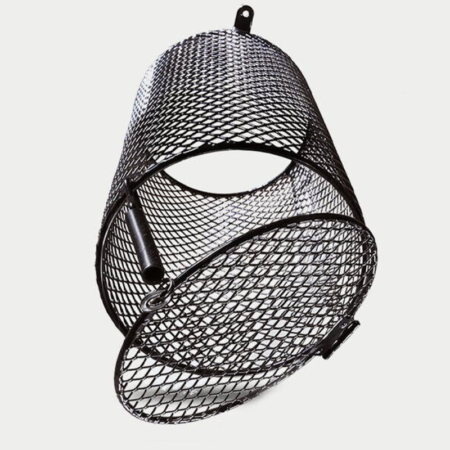
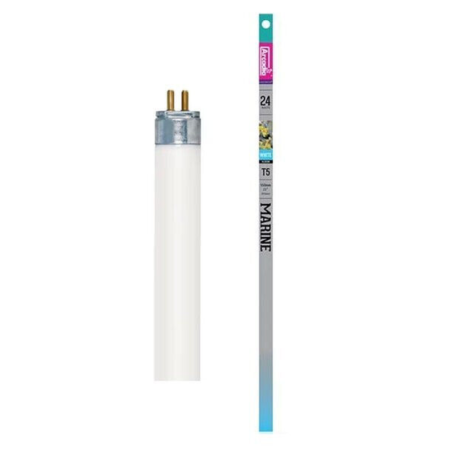



Emily Carter (verified owner) –
I’ve been an aquarium enthusiast for over five years and recently decided to expand my freshwater fish collection. After doing some research, I came across these White Tuxedo Guppies and couldn’t resist getting a pair! After just two months of having them in my 20-gallon tank, I can confidently say they are a delightful addition. Their shimmering tails and unique color patterns never cease to amaze me, and they have such vibrant personalities!
What I appreciate most is how easy they are to care for. They are quite hardy and seem to thrive with the high-quality fish food I’ve been using. I’ve noticed they’re very active, swimming around and interacting with the other fish, which adds so much liveliness to the tank. One minor concern is that they can be a little nippy with smaller fish, so I’d recommend ensuring they’re in a community tank with compatible species.
If you’re looking for aquarium fish that are not just beautiful but also bring joy, I wholeheartedly recommend these guppies. Their cheerful presence and easy-going nature make them perfect for both beginners and seasoned aquarists! Overall, I’m thrilled with my purchase and will definitely consider adding more in the future!